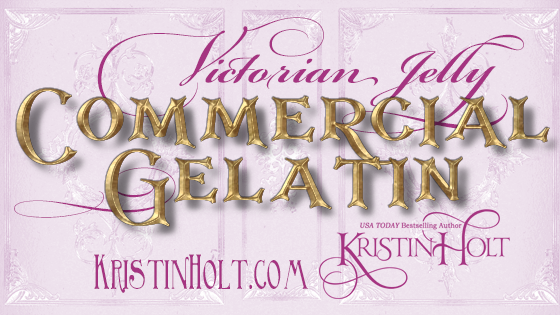
by Kristin Holt | May 28, 2022 | Articles
Credit goes to a Victorian-era inventor for out-of-a-box gelatin. What an amazing labor-saving invention! Until now, wives and daughters everywhere had been making gelatin out of pigs feet and a good deal of elbow grease.
How did nineteenth century scientists manage to capture the essence of gelatin and put it in a box? And how much did it cost?
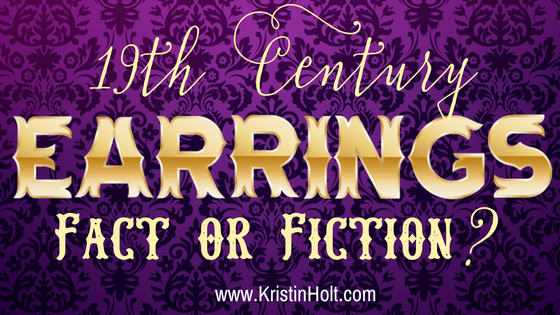
by Kristin Holt | Nov 19, 2016 | Articles
Were earrings popular and common within the nineteenth century? Or did they come into vogue (and acceptance) post 1900?
This article references period newspapers, catalogs, and vintage photographs. Also discloses an element of cover art for (Gus’s Story) The Marshal’s Surrender.
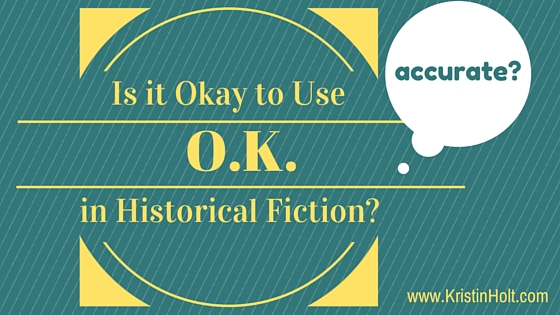
by Kristin Holt | May 27, 2016 | Articles
When did the term “O.K.” or “okay” find its way into common use in American English? Is it incorrect (and inaccurate) to use “okay” in 19th century fiction? What if it’s spelled “O.K.”? What does O.K. stand for, anyway? I’ve provided numerous historical newspaper articles and snippets showing the etymology and proving one of the spellings (O.K.) is highly accurate in the 19th century, but the other (okay) is not.
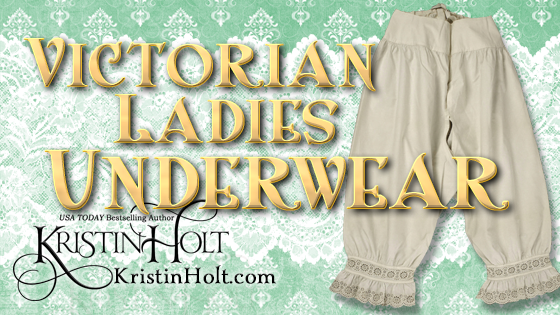
by Kristin Holt | May 24, 2016 | Articles
Throughout the 19th century, ladies undergarments remained quite similar. Drawers (or bloomers), yesteryear’s most related item to today’s panties, ranged from knee- to ankle-length, were constructed of various fabrics, and were held up by a button or drawstring, with an open crotch.
Item listings in vintage catalogs and magazines illustrate the standard items available via mail-order throughout the United States Victorian era.
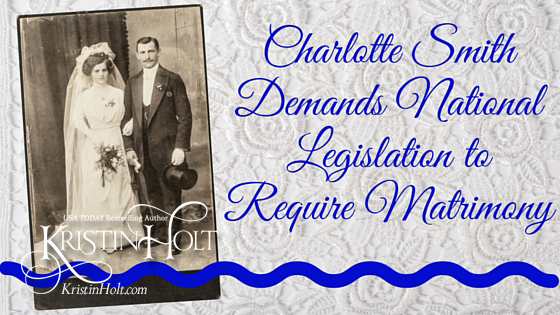
by Kristin Holt | May 9, 2016 | Articles
I endorse newspaper articles as an original source in researching Victorian-era America. Yet while I trust–for the most part–newspaper articles to be a reasonable representation of attitudes, circumstances, happenings, and differing opinions, I’m well aware that not everything in print is fact…at least as presented.
I came across newspaper articles mentioning Mrs. Charlotte Smith, presented as a rather ridiculous woman seeking legislation to force marriage upon the matrimony unencumbered. Three such articles follow, all of which are from credible, well-respected newspapers of the late nineteenth century. At the bottom, I’ll share more of who Mrs. Charlotte Smith was, the platforms she supported, the work she did–and cast an entirely different light on her nature than these newspaper reporters suggest.













